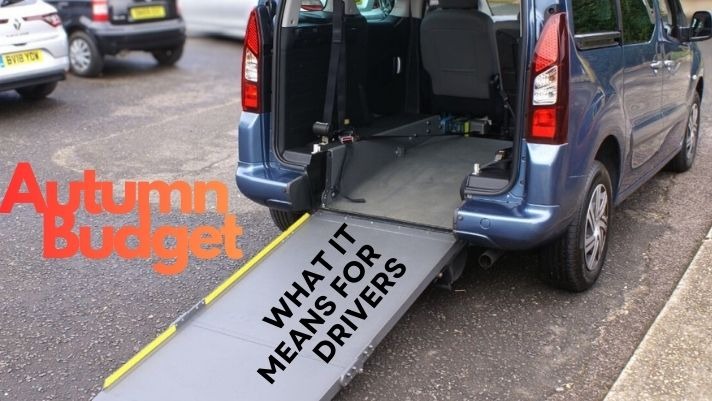Autumn Budget 2025: What It Means for Car Buyers and Drivers in the UK
Autumn Budget 2025: What It Means for Car Buyers and Drivers in the UK
The Autumn Budget always brings big headlines, but the real question most people ask us is simple:
“Does any of this actually affect my car, my running costs, or my next purchase?”
This year, the answer is: yes, but mostly in small ways — and a few changes are genuinely helpful.
Here’s a clear breakdown of what’s changing, what isn’t, and how it all plays out whether you drive petrol, diesel, hybrid or electric.
🚗 Electric Cars: Still Strong Incentives, With One Future Change
The biggest talking point in the Budget was the announcement of a new pay-per-mile charge for EVs coming in 2028.
This replaces the fuel duty that petrol and diesel drivers already pay today.
What it means for you right now:
Nothing changes immediately. EVs remain cheaper to run today, especially for company car drivers and high-mileage users.
A bit of good news too:
The government has raised the threshold for the EV “Expensive Car Supplement” from £40,000 to £50,000.
This means many popular EVs will avoid the higher vehicle tax that previously kicked in above £40k.
If you’re looking at a £45–50k EV, this is a meaningful saving — and it applies from 2025/2026.
⛽ Petrol & Diesel Cars: No Cost Shock This Year
Fuel duty is staying frozen, so running costs for petrol and diesel cars remain steady.
With no sudden tax rise on fuel, efficient ICE cars continue to make financial sense, especially for mixed driving or rural motorists.
This stability usually keeps used petrol and diesel prices predictable too — always helpful if you’re buying or selling in the near future.
🔋 Hybrids & Plug-In Hybrids: The Middle Ground Continues
Hybrids and PHEVs remain a practical option, especially for drivers who want electric driving around town but the security of a petrol engine on longer trips.
There were no major Budget surprises targeted at hybrids this year, but government policy is slowly steering people either toward full EVs or cleaner petrol/diesel options. Expect hybrids to stay popular for a while yet.
🧾 Company Car Drivers: Small Adjustments, EVs Still Win
Benefit-in-Kind (BiK) rates continue to rise very gradually.
Nothing dramatic — just the slow upward creep that’s been planned for a few years.
The result:
-
Electric company cars are still by far the lowest-tax option.
-
Efficient petrol/diesel cars remain viable for drivers who rack up motorway miles.
-
Plug-in hybrids sit somewhere in the middle.
If your employer offers salary sacrifice schemes, EVs will almost always give the best monthly cost.
🛠 Changes for Small Businesses (and why car buyers may care)
For small limited companies — including ours — there’s a shift in capital allowances coming in 2026.
A new 40% first-year allowance will make certain business investments cheaper upfront, while the longer-term writing-down allowance becomes a little less generous.
Why mention this here?
Because it affects how businesses plan vehicle purchases, and it may influence company fleet choices or used stock availability over time.
💡 So… Which Type of Car Makes the Most Sense Now?
Here’s the quick version:
If you’re thinking EV:
Still a very strong choice, especially for company drivers. The mileage charge doesn’t begin until 2028, and the raised VED threshold helps a lot of models.
If you’re thinking petrol/diesel:
Running costs stay stable. Great for longer-distance drivers and rural commuters.
If you’re thinking hybrid/PHEV:
Still the flexible middle option. Good if you want electric for short hops but aren’t ready for full EV ownership.
👋 Want help comparing costs?
Whether you’re trying to work out electric vs petrol, or whether a hybrid makes sense for your mileage, we’re always happy to go through running costs, tax changes and real-life use cases.
Send us a message or pop in for a chat — we’ll help you make sense of it all, without the jargon.
Simon Shield Cars — helping drivers make good decisions since 1996.




